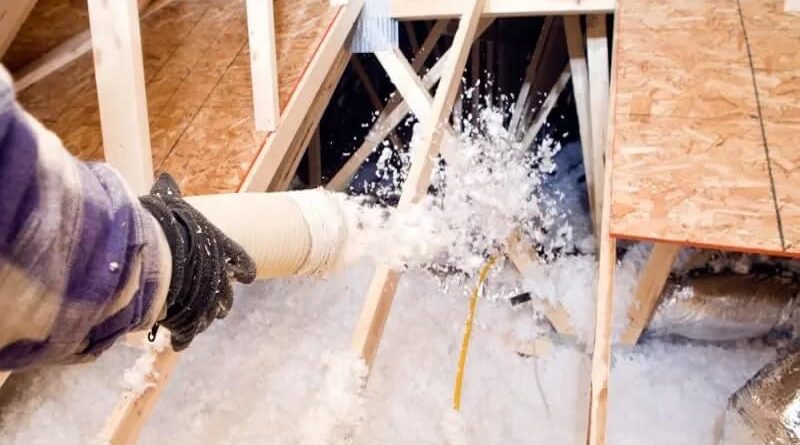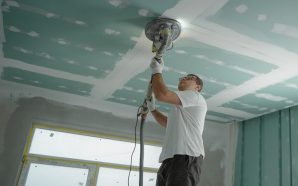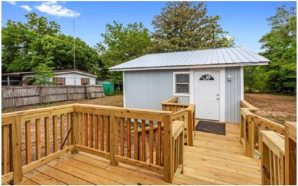Choosing the most effective type of insulation for your home depends on where you live, what parts of your house you want to insulate, your budget, and whether you’re looking to DIY or hire a professional like Environoise.
Several types of insulation materials are available, including batts and rolls, loose fill, rigid foams, spray foam, and radiant barriers. Each type offers its benefits and disadvantages.
Fiberglass
Fiberglass insulation is popular among home builders for its durability, flexibility, and affordability. It can be blown into an attic or wall cavity and is also available in batts and rolls with varying R-values.
A recent Home Innovation Research Labs study found that fiberglass insulation is the dominant insulation type used in new homes. They found that 71% of all the home insulation used in new construction last year was fiberglass.
Unlike spray foam, which requires a complex installation process, fiberglass is a quick, easy, and inexpensive option for home insulation.
Its ability to trap pockets of air slows the movement of heat through it, lowering heating and cooling costs. It also prevents noise from reverberating around your home.
Despite these benefits, there may be better choices than fiberglass for all insulation projects, such as batt insulation. Batt insulation can be used to insulate your home’s walls, floors, attics, and ceilings and is commonly laid between the studs, rafters, and joists. Because batt is relatively flexible, it can be used in the framing to lessen heat transfer and lower energy costs. For instance, if you are insulating an area susceptible to moisture or humidity, cellulose may be a better choice than fiberglass.
Cellulose
Cellulose insulation is a great option for those looking to reduce their energy costs and improve the longevity of their home. It provides effective heat insulation and is an excellent sound barrier.
Cellulose comes in various forms and can be made from several sources, including wood, cotton, or other vegetables. It can be treated with boric acid to make it fire-resistant, repel insects and resist mold growth.
This is one of the most popular green insulation materials today. It is manufactured using 80% post-consumer recycled newsprint, chemically treated to resist fire and insect damage.
Cellulose can be blown into spaces like the attic and walls through special blowing equipment. It can also be densely packed for improved efficiency.
Mineral Wool
Mineral wool insulation is an excellent option for your home. It can be installed easily, has a high R-value per inch, and contains up to 70% recycled content.
It’s also a good insulator, saving you money on your heating bills in the winter and cooling your home in the summer. It’s also moisture-resistant and doesn’t absorb water or promote mold and mildew growth.
This makes it a great choice for homes that are likely to get wet or have other problems with water damage. It is also a good acoustic dampener, perfect for soundproofing walls and floors.
Another advantage of mineral wool is that it is easy to measure. Unlike fiberglass, which tears, scrunches, and makes you itchy, it just sits there, making it easy to mark the spots where outlets are or any other obstructions that might come in the way of your insulation job.
Foam
Whether building a new home or retrofitting a current one, foam insulation is popular. It is also among the most effective types of insulation for reducing energy costs and improving comfort.
Spray polyurethane foam is a cellular plastic created by mixing two fast-reacting liquids that expand when they come in contact. When properly installed, the foam insulates air seals and provides a moisture barrier.
Closed-cell spray foam is very dense and has a high R-value. This type of spray foam is a good option for areas where moisture could be a concern, like attics and basements.
It is also considered a green option because it does not contain harmful chemicals and is non-toxic to humans or pets. However, it creates a slight odor during the installation process and must be handled carefully by professionals.









